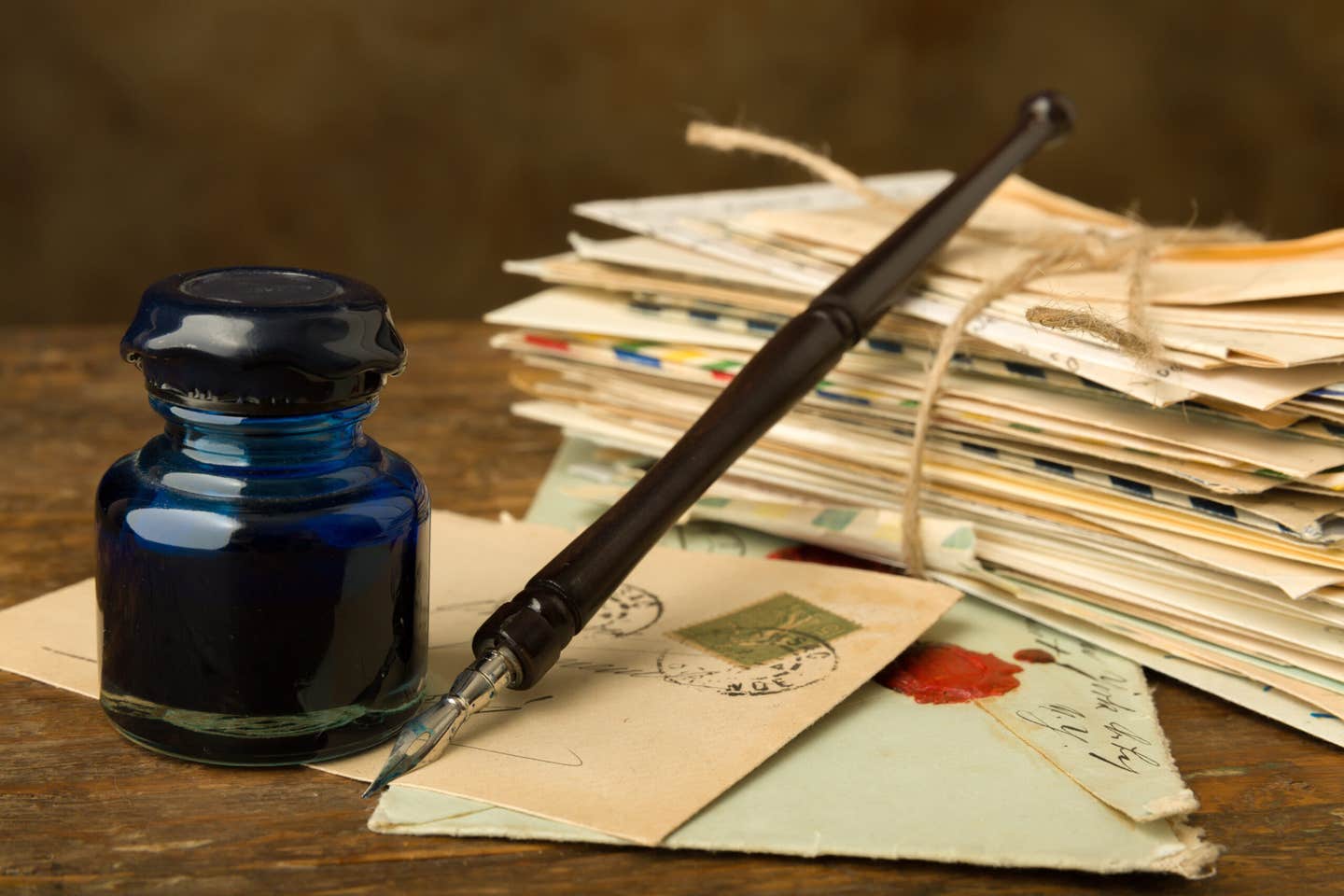How to Find Treasure
Many people enjoy treasure hunts. There are a number of different ways in which people search for treasures, either as a hobby or as a serious way to try to…
Many people enjoy treasure hunts. There are a number of different ways in which people search for treasures, either as a hobby or as a serious way to try to raise cash. Here are some examples of ways that customers who come into my company’s showroom have engaged in the looking for treasure.
One common strategy is to visit garage sales right at the start, hoping to find solid gold or silver jewelry that sellers price cheap because they don’t realize these pieces are worth more than plated or filled costume jewelry. These kind of seller mistakes occur often enough that it has encouraged many people to pursue this strategy for financial purposes. In fact, there are enough of these kinds of treasure hunters that it normally doesn’t make sense to visit a garage sale for this purpose even an hour or more after the sale has started.
Similarly, there are a surprisingly large number of people searching public areas with metal detectors. These treasure hunters hope to find coins and jewelry or maybe antique artifacts of sufficient value to help justify the time they spend and the cost of their equipment. But, even if the financial returns aren’t that much, at least it is an excuse to get out for exercise and fresh air.
When people die, they frequently have assets that the heirs didn’t realize the person had. As the possessions are sorted, there are elements of a treasure hunt involved. Did the person have any potential “hidden treasures” waiting to be discovered? There are many instances of found valuables that the deceased kept secret. However, there are many more circumstances where someone saved items that were a little unusual and might be rare, but turn out not to be. Almost every day in my company’s showroom, we have to let customers know that the Bicentennial quarters, copper-nickel Kennedy half dollars and Anthony dollars that were saved were still just spending money. Or, that the South and Latin American currencies saved from trips decades ago have depreciated from inflation into being virtually worthless.
People have been known to hide valuables. For an interesting story, just research the Redfield hoard of silver dollars.
A family relative died over a decade ago who was known to be a “saver.” A few unknown assets were discovered hidden around the house. That led one of the heirs to wonder if something might be hidden in the garage, where drywall had been put up around the interior walls. Just by knocking on the wall, one section echoed differently. After punching a crude hole in the drywall, some minor treasures were discovered. This resulted in unsightly holes being knocked into every section of the drywall, with no more treasures located. The damage to the drywall reduced the selling price of the property by more than the value of the treasures that were discovered in the garage.
Another lesser known “treasure hunt” is state government escheats auctions. These sales are from abandoned property, such as in safe deposit boxes, that were eventually turned over to the state government. After the governments exhaust their unsuccessful attempts to locate the owners, these assets are then auctioned to raise cash flow for the state treasuries. The opportunities to examine lots in advance of these sales are often little publicized. Even if a potential bidder is able to view lots, some of them are packaged so that it is not possible to scrutinize the exact contents of a tube, roll, or bag. With jewelry, it is not always possible to closely inspect the items to determine if it has precious gems or is sold gold, silver or platinum. This leaves open the possibility that the contents of these lots could be much more valuable than is possible to determine. So, there could be occasional bargains. In contrast, some sales are so well publicized that there is heavy attendance by amateurs who are willing to blindly bid the next increment above what they notice a professional is willing to bid.
There is another kind of treasure hunt practiced by existing and would-be numismatists – searching their change for error coinage. As more people look, more doubled dies, railroad rims and other minor errors are uncovered. In most instances, such errors are so common that they don’t really have collector value. However, there are occasional new discoveries that are so dramatic that they can become quite valuable.
With U.S. currency collectors, they can search for rare replacement (star) notes, notes with printing errors, or previously undetected mules of front and back plates. Again, the potential value depends on relative rarity and the number of collectors interested in such items.
Decades ago, one of our store customers was of German heritage, who was a serious collector of German notgeld issued after World War I up to 1923. He regularly perused our budget world currency boxes for the notgeld where his specialized knowledge could identify the premium value specimens. There are a number of numismatic niches where a collector with specialized knowledge may be able to acquire rarities for common issue prices.
However, the general public can often be fooled into thinking that coins or currency that are old must have significant value. A few local auctioneers come to our store to acquire lower quality Indian cents and other U.S. coins from the 1800s that they can add to an upcoming household estate auction. From experience, they know that sometimes these coins will sell in the auction for several times what a knowledgeable collector would pay for them at a coin store or show.
Looking for treasure can be recreational and possibly financially rewarding. However, the financial gains may or may not justify the time commitment that may be required.









